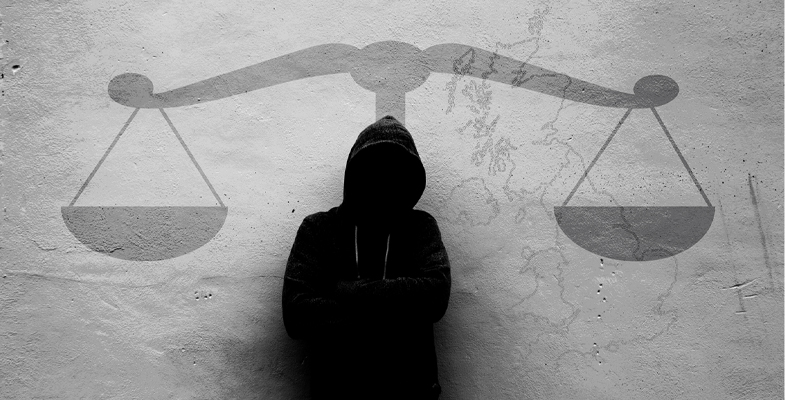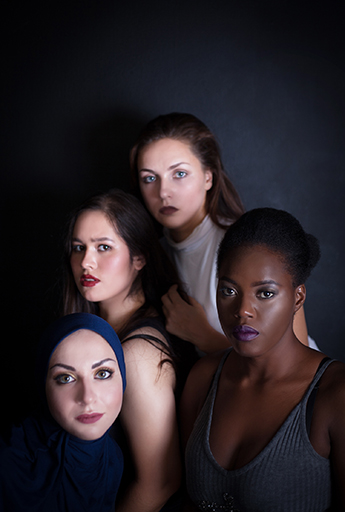2 It’s different for girls
Research suggests that it is possible to identify six distinctive ways in which girls and young women get involved in crime and respond to interventions designed to help them stop:
- The pathways into crime and offending are different for girls and young women compared to young men. It is often focused around close personal relationships and strongly associated with experiences of loss, bereavement, abuse and local authority children’s services.
- Young women’s problematic behaviour is often made worse by criminal justice interventions, and while the same holds for young men, the association is much stronger for girls and young women.
- The capacity of girls and young women to maintain positive relationships is seriously damaged by custodial sentences.
- Vulnerability and mental health difficulties make prison life particularly difficult and damaging for girls and young women. Compared to boys, they are three times more likely to have been victims of sexual abuse and twice as likely to have spent time in local authority care prior to incarceration.
- Girls and young women need an interpersonal focus to make their resettlement after custody effective.
- The obstacles to desistance (stopping offending) for girls and young women are different compared to those for boys and young men.
Some differences between young women’s and young men’s offending behaviour are likely to shift over time but the evidence suggests definite patterns in young women’s offending and that they ‘grow out of crime’ quite differently. For example, most girls or young women who get convicted of a crime will only be convicted once. They are almost half as likely to reoffend as boys or young men. Even if they do go on to commit more crimes, their period of offending behaviour is much more likely to be brief (less than a year) than is the case for boys (Newburn, 2017). The general picture is that young women commit less crime, commit less serious crime and are less likely to be ‘recidivists’ (repeat offenders). In addition, if they get a custodial sentence, young women are far more likely to self-harm while in custody than are boys or young men.
Activity 3 What’s the difference?
Imagine you have met someone who thinks that girls and boys, young women and young men, are essentially the same – young people – and thus there is no reason to treat them differently. From the list of six distinctive ways in which young women get involved with crime and respond to interventions, produced for youth justice practitioners by Beyond Youth Custody, which two do you think are the most likely to change their mind?
Write them down and give one reason for each choice.
Discussion
Everyone will have their own opinions on which of the findings are most persuasive. Perhaps it’s not a great surprise to learn that, generally speaking, criminal justice interventions tend to make young women’s behaviour worse. However the fact that pathways into crime are distinctively different tells us something powerful about gender relations, and particularly power in gender relations. This difference persists as women get older with most women in prison being there for convictions in which a male partner is also implicated in various ways (PRT, 2017).
The strong personal attachments mentioned in the first finding may be damaged by custody, but the research also suggests the strong bonds are often compromised by violence and abuse. There is a sense that girls and young women are more vulnerable than boys and young men, and that they are more likely to come to harm from both criminal justice interventions and crime, even when they are perpetrators themselves.
The complex web of social and personal relations that may be exposed by crime and criminal justice interventions are explored in more detail next by looking at real events and a fictional case study.

